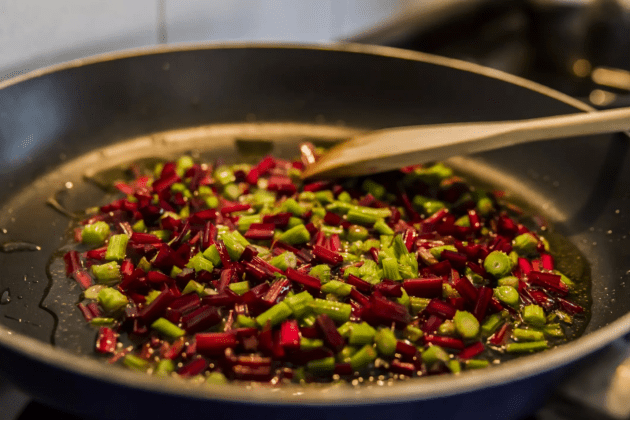
Are Your Nonstick Pans Putting Your Health at Risk? A Comprehensive Guide to Understanding and Preventing Teflon Flu
Fiona Nanna, ForeMedia News
5 minutes read. Updated 11:17AM GMT Wed, 31July, 2024
In recent years, concerns have surfaced about the safety of nonstick cookware, particularly those coated with polytetrafluoroethylene (PTFE), better known as Teflon. A temporary condition known as “Teflon flu” has raised alarm among health experts and consumers alike. This article delves into what Teflon flu is, its symptoms, causes, and essential safety tips to protect yourself and your loved ones.
What is Teflon Flu?
Teflon flu, or polymer fume fever, is a temporary illness caused by inhaling fumes released from overheated nonstick pans. These pans, which are popular for their easy-to-clean surfaces and reduced need for cooking oil, can become hazardous when exposed to extremely high temperatures.
Causes of Teflon Flu
The onset of Teflon flu occurs when nonstick cookware is subjected to high temperatures, typically exceeding 500°F (260°C). At such temperatures, the PTFE coating starts to degrade and emit fumes containing various chemicals, including perfluorooctanoic acid (PFOA), along with other potentially harmful substances. The inhalation of these fumes can irritate the respiratory system, leading to flu-like symptoms.
Symptoms of Teflon Flu
Symptoms of Teflon flu often resemble those of the common flu and usually manifest a few hours after exposure. Common symptoms include:
- Chills
- Fever
- Headache
- Nausea
- Cough
- Sore throat
- Body aches
These symptoms are typically mild and transient, lasting from a few hours to a few days. However, individuals with pre-existing respiratory conditions or those exposed to the fumes for prolonged periods might experience more severe reactions.
Prevention and Safety Tips
To reduce the risk of Teflon flu, consider these preventive measures:
- Avoid High Heat: Prevent overheating nonstick cookware by keeping temperatures below 500°F (260°C). opt for low to medium heat settings to avoid the breakdown of the PTFE coating.
- Ensure Proper Ventilation: Improve kitchen ventilation by using range hoods or opening windows while cooking with nonstick pans to disperse any potentially harmful fumes.
- Explore Alternatives: Consider switching to cookware made from materials like stainless steel, cast iron, or ceramic, which do not release harmful fumes.
- Check for Damage: Regularly inspect your nonstick pans for scratches or other damage. Damaged pans are more likely to emit fumes at lower temperatures and should be replaced promptly.
Safety of Nonstick Cookware
Despite concerns surrounding Teflon flu, nonstick cookware remains largely safe when used correctly. Advances in manufacturing have led to the production of nonstick pans free from PFOA, a chemical once linked to health issues. However, proper use and maintenance are key to ensuring safety.
For comprehensive safety guidelines and recommendations, consult reputable health organizations or refer to the cookware manufacturer’s instructions.

